Covid: What do case rates look like in school hubs?
- Published
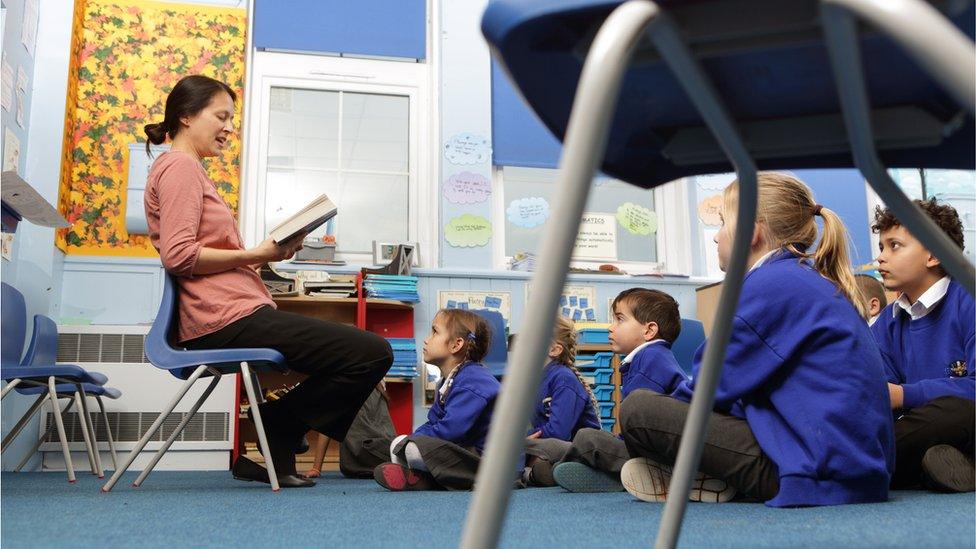
Covid infection rates in hubs equate to 0.025%
Covid infection rates in school hubs equate to 0.025%, according to figures released by Public Health Wales (PHW).
From Monday, some of Wales' youngest children will return to classrooms for the first time since before Christmas.
Public Health Wales (PHW) figures show in the last three weeks 290 pupils and staff at hubs have tested positive for Covid-19.
However they added they were unable to determine whether or not these were transmitted through schools.
Scientific advisers have said schools are safe but parents must not mix when dropping off and picking up pupils.
How many cases are there in schools?
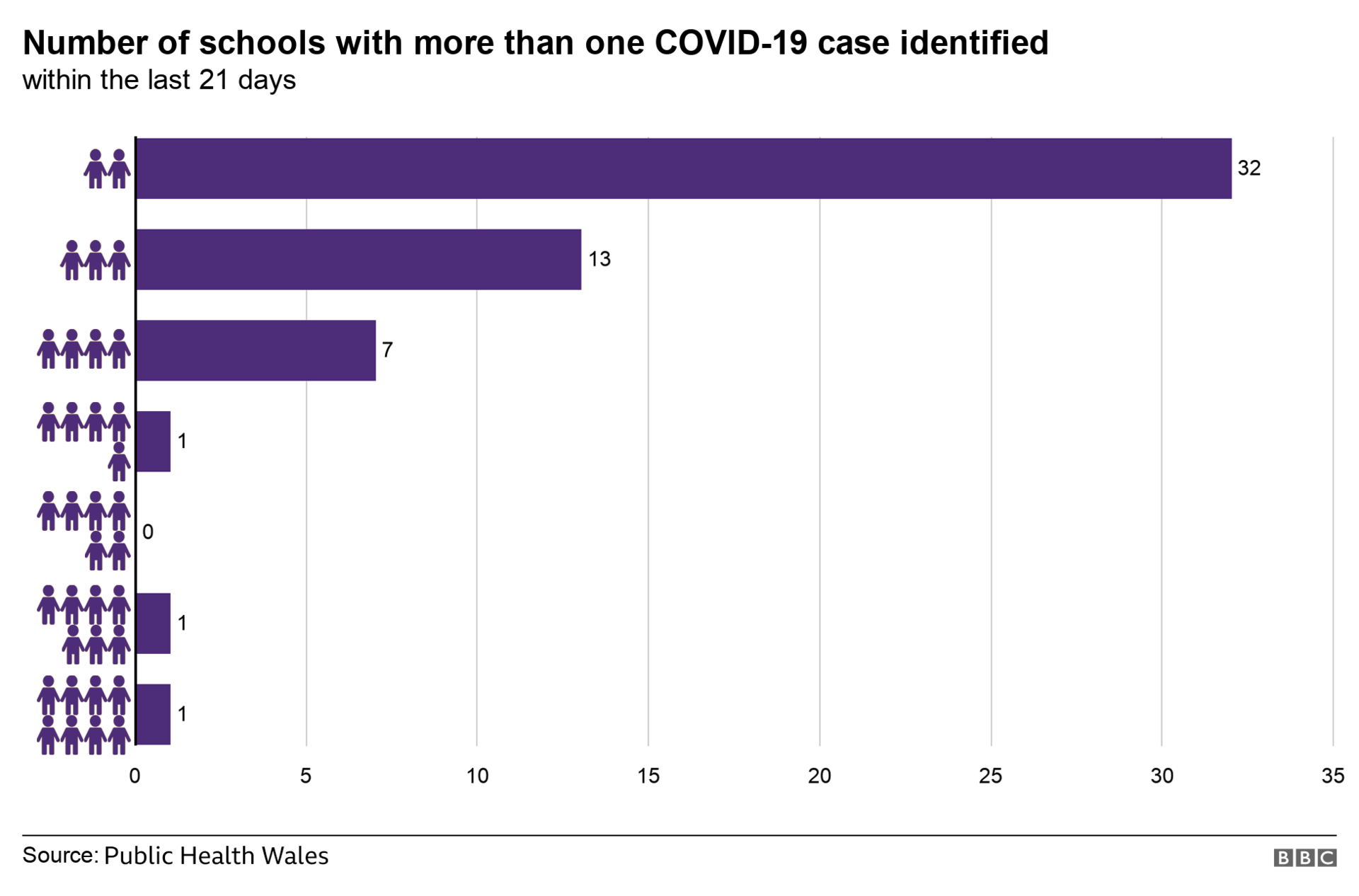
The data shows that only three schools had over five cases in the past 21 days

Only about 10% of pupils - the children of key and critical workers and those classed as vulnerable - are attending school hubs currently.
According to the report, external, between 1 September and 17 February, 8,906 cases were reported in schools, with 4,816 pupils and 4,090 staff testing positive.
This equates to 77.7% of schools having a positive Covid case in that time, with 219 of Wales' 1,573 schools having had only one case.
However recent figures show there were only 44 new cases in staff in last week, 51 in pupils.
The previous week it was 46 in staff and 60 in pupils.
Hubs usually see around 39,000 pupils in school a day - so that is about 10 cases a day in pupils - which equates to 0.025% of those attending.
However, PHW said there were big caveats because these infections were not necessarily acquired in schools.
Looking at the picture in the last 20 days, only one single school had either eight cases or seven cases or six cases; 32 had two cases.
Health officials believe Covid does not seem to disproportionately impact on children and that schools going back is a "sensible small step".
But they want parents to realise it does not mean a return to normal. It is not a signal for children to mix outside schools, for pupils to share lifts between school and home or for play-dates.
Data shows as community transmission goes up, so does school transmission and there will be a close watch to see if there are local issues.
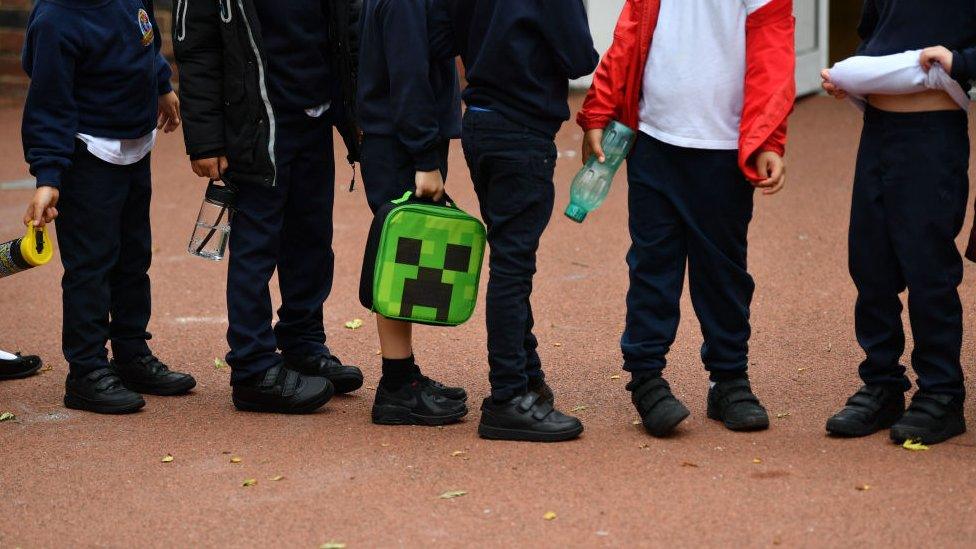
NAHT Cymru director Laura Doel said "there is a lot of anxiety" about the school return
NAHT Cymru director Laura Doel said: "We want nothing more than a safe and sustainable wider return to school, but there is still a lot of anxiety amongst school leaders around the implications of welcoming back more learners.
"The revised operational guidance for schools on crucial areas of mitigation measures such as bubbles, face covering, capacity to support distance learning, key worker and vulnerable children on site alongside foundation phase are proving to be huge operational challenges.
"Schools are doing all they can to reassure staff and parents of the measures they are taking to support the wider reopening, but we need to look at the impact of foundation phase return before thinking of extending the onsite provision further."
Delayed returns to schools
The latest data comes as some councils choose to delay opening full-time for children under seven.
Ceredigion is operating a phased return where children will attend for one day in the first week with a full return expected from 3 March.
Wrexham, Anglesey, Denbighshire and Gwynedd are also delaying the immediate return of younger pupils.
Ceredigion is using a delayed return to ensure routines such as hand washing can be re-established, it is understood.
It is also hoped it can help young children "be reassured and eased back into the classroom in small groups where they can be given significant attention", especially with staff now wearing masks.
Meanwhile, Flintshire council has confirmed that all of its primary schools will reopen as planned from Monday, 22 February and start to phase in foundation phase pupils until all have returned by Friday 26th.
What are the case rates across Wales?


Wales' case rates for Covid in the past seven days have dropped from 86 cases per 100,000 people on Wednesday to 83.7 on Thursday, with 17 out of Wales' 22 local authorities now under 100.
Flintshire has replaced Wrexham as the county with the highest case rate in Wales at 126.8, although it has dropped from 122.4 on Wednesday.
This is followed by Wrexham (117.7), Anglesey (112.8) and Powys (111.8).
The lowest case rates are seen in Ceredigion (26.1), Pembrokeshire (48.5) and Bridgend (49).
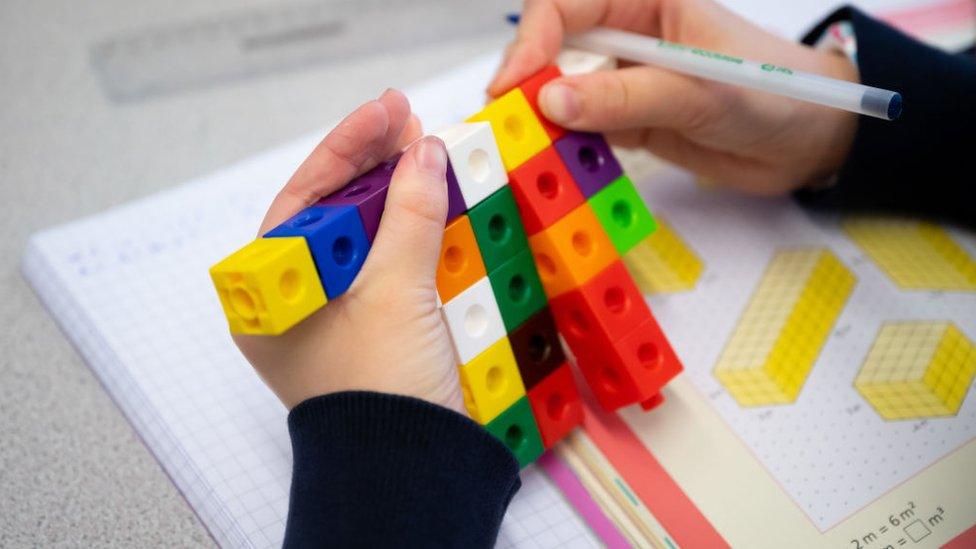
What will schools look like?
The Welsh Government has published safety guidance, external for schools ahead of the return.
Some of the guidelines include social distancing for older pupils and class sizes "as small a group as possible".
The Welsh Government says face masks should be worn by staff if social distancing cannot be maintained - it has acknowledged young children "will not be able to maintain social distancing".
It says both staff and secondary school learners should wear face masks anywhere on the school estate, including in the classroom
It recognises younger children "will not be able to maintain social distancing", adding it is "acceptable for them not to distance within their group".
Staff need to maintain social distance from other staff and also from learners "as much as possible, recognising this may not be possible with younger learners".
Where children undertake desk-based learning, classrooms should have forward-facing desks, one metre apart, but that "this may not be possible or appropriate in all schools and settings and particularly for younger learners".
Schools have been told to ensure enhanced cleaning takes place, including cleaning frequently-touched surfaces often, using standard products such as detergents and disinfectants.

BITESIZE CYMRU WALES: Educational programmes in English and Welsh
LOCKDOWN LEARNING: How can BBC Bitesize help you learn from home?

- Published11 February 2021
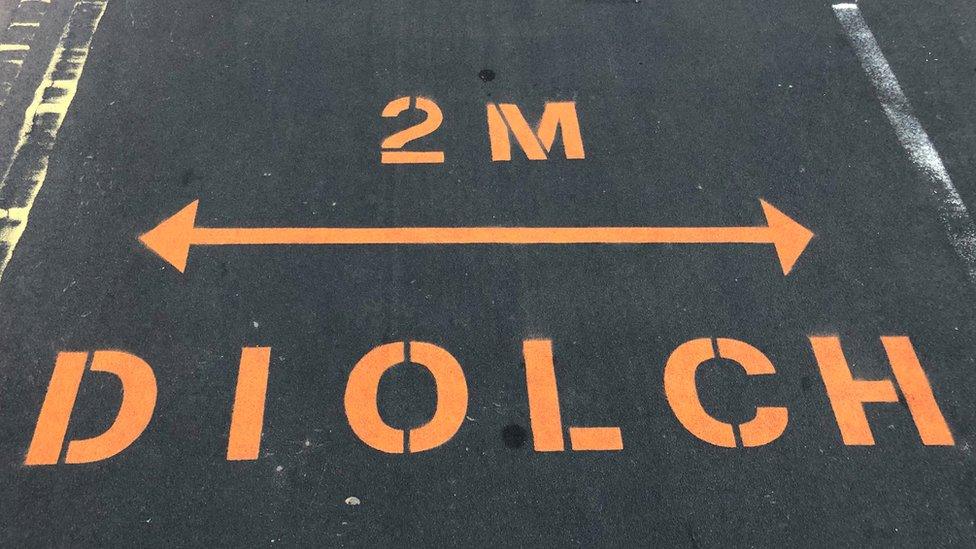
- Published11 February 2021

- Published10 February 2021
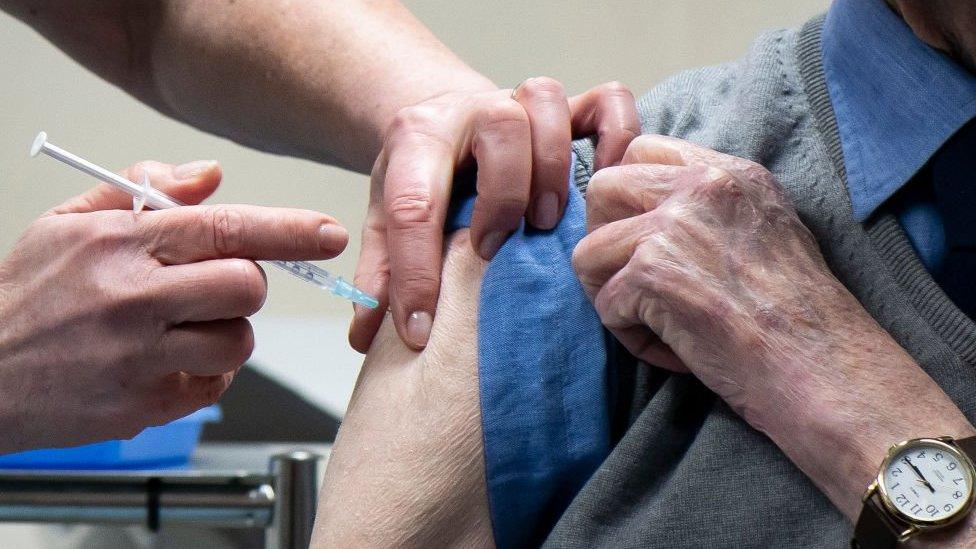
- Published27 May 2022
